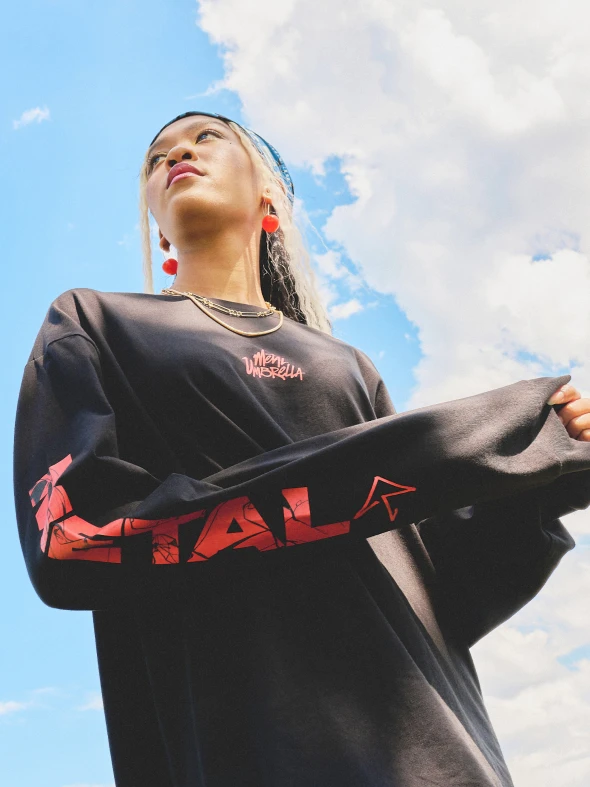What You Need To Know About Email Marketing For Fashion Brands

Quick Summary Considering email marketing for fashion brands is just as important as your maintaining merchandise and running your store. You have to connect with your customers in ways that encourage them to buy. But, what are the best ways to do this that will guarantee results?
Considering email marketing for fashion brands is just as important as your maintaining merchandise and running your store. You have to connect with your customers in ways that encourage them to buy. But, what are the best ways to do this that will guarantee results?
Social media marketing is a crucial component of your marketing strategy. However, let’s not forget about a trusty old standby – email marketing. Read on to learn how email marketing for fashion brands can create compelling, convincing, and profitable campaigns.
Personalizing Emails

Personalized marketing messages work, plain and simple. According to Experian, personalized marketing emails have 29% higher open rates and 41% higher click-through rates than non-personalized emails. Companies that use personalized email marketing typically see a 19% increase in total sales.
A great example of email marketing for fashion brands is the jewelry company Alex and Ani. Subscribers used to receive the same exact email from Alex and Ani, and the results weren’t anything to write home about. It prompted the company to dig deeper into its data to learn more about its customers.
Marketers at Alex and Ani gained a deeper sense of customer behavior, interests, and preferences from its research. The jewelry brand started sending out personalized emails for when a customer abandoned a cart as well as to personalize recommendations. Alex and Ani saw a 73% increase in monthly email revenue thanks to its email personalization efforts.
Another example of email marketing for fashion brands is the personal stylist company, Thread. Thread’s personal stylists deliver recommendations tailored for users on a weekly basis. These recommendations are based upon your preferred style, colors, body type, budget, and feedback on previous items. Thread employs 10 stylists and serves 650,000 customers.
How do they achieve personalization at scale? The answer is technology. An algorithm called Thimble helps stylists make recommendations. With Thimble, stylists can send out highly personalized emails to customers.
A/B Testing

Many fashion brands ask, “Do I really need to do A/B testing? I don’t have the time and resources.” Ask yourself this question: do you have the time and resources to waste putting together an email campaign that isn’t going to lead to purchases? Achieving successful email marketing for fashion brands can be a challenge, but A/B testing can help you get the results you want.
Movable Ink cites the example of one fashion retailer that wanted to boost its email conversion rate. The retailer tested an email that contained text against a blue background and one that contained images of its products. Thanks to A/B testing, the retailer learned that the email with the image was a clear winner, and they swapped it with the text-based message in real time. The retailer saw a 102% increase in its click-through rate.
Dynamic, Interactive Email Content

You could send out static emails, just like everyone else. Or, you could do something different that will catch each customers’ attention. Moreover, you want your email experience to be smooth and enjoyable when customers read emails on their mobile devices (which more and more of them are doing).
Over the past several years, outdoor fashion brand REI has experimented with mailable microsites. These microsites are searchable, so you don’t have to launch the website. REI did this by adding a hamburger menu to its emails, which allows mobile device users to interact with emails quickly and easily.
Valuable Content

This is crucial to remember: if someone has taken the time to sign up for your emails, you have to make those emails valuable to that person. This is one of the major keys to email marketing for fashion brands. You don’t want to waste your reader’s time, because that’s a sure-fire way for him or her to hit “unsubscribe.”
To create valuable content, you need to know your subscribers. Knowing your subscribers involves segmenting customers into groups (for example, if you’re a men’s fashion brand, you might have segments for 18-24 year olds and 25-29 year olds), then creating specific content for those segments. Fashion brands have the advantage that their merchandise photographs well – there are many opportunities for visual content that will resonate with audiences.
A High Quality Finished Product

Some fashion brands compete on price. Others compete on quality. Regardless of how you position yourself in the market, your email marketing campaigns can’t be sloppy. That means that any graphic design elements have to look perfect. Your copy has to be spelled properly, and it should be catchy. Product photos must load properly, and when they load, they have to be clear so that customers know what they’re buying.
